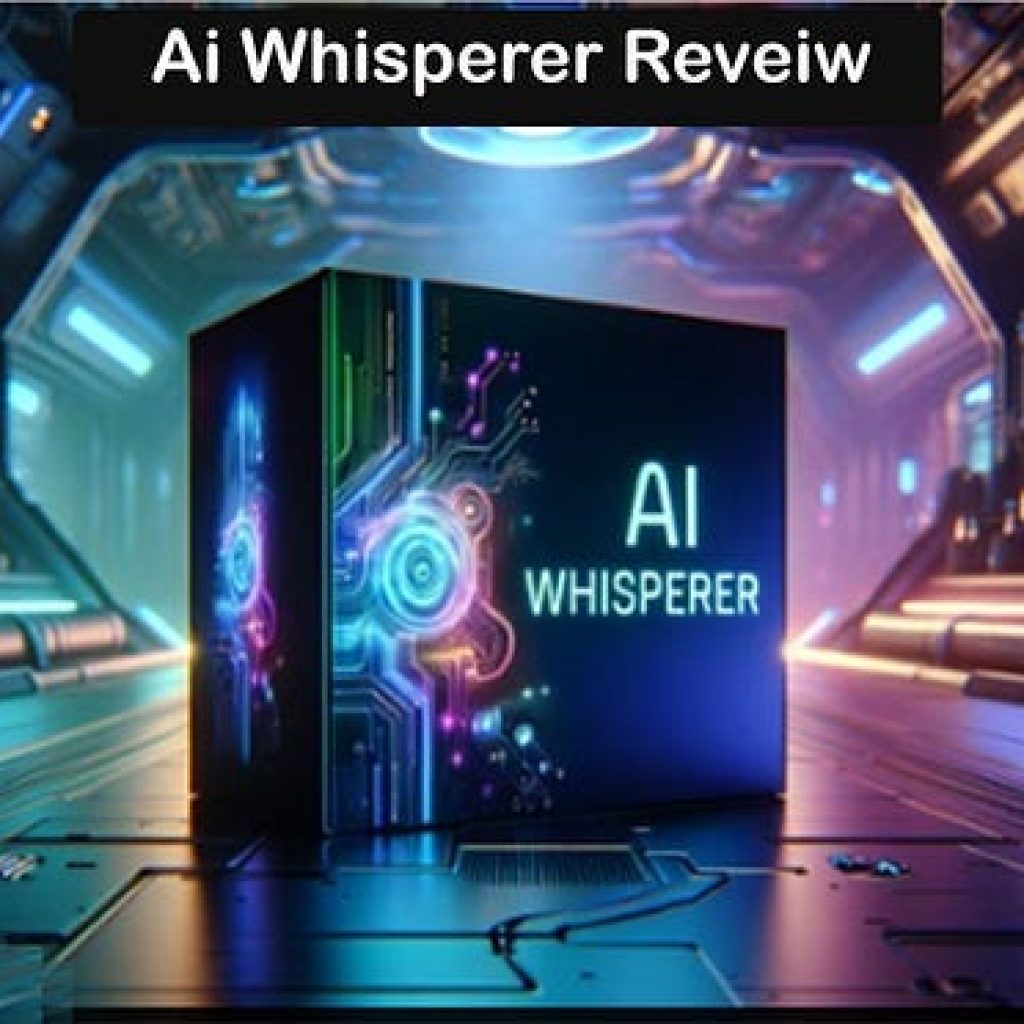Throughout the world, deepfakes have received a lot of attention. As many international companies that use AI-generated deepfakes have emerged, there is a general agreement on the general approach to this problem. Early this year, Google at C2PA became a steering committee with others like OpenAI, Adobe, Microsoft, AWS, and the RIAA members. Because of deepfake and mainstream AI misinformation concerns, IT personnel will want to embrace the works of this agency, making specific references to content credentials.
Content credentials: The new standard
The industry is about to regulate a specific visual and video data management area across the board, so the IT team will be particular about it. Content Credentials is a way digital metadata that creators or content holders can utilize to get proper credits and to introduce honesty into an ecosystem. This irretrievable metadata consists of the artist’s name and details and is inscribed directly into the content when exported or downloaded.
Content labels created under the same rules and permission have major chances to implement standardized labeling in a complete and accepting world owing to the weight of the companies behind the idea. Content Credentials stand as a unique opportunity for a variety of reasons. It will help to strengthen credibility and reliability among audiences as it provides much-needed info about the author or the creative process. This develops the room atmosphere that helps combat misinformation and disinformation.
Attach any contact details with their work to strengthen the identity of artists so that users can trace and connect them for recognition and visibility. Besides, there will be some measures aimed at the internet content that is not real, such as the content that is fake and made to deceive people. The history of Australia reflects the biggest spike of deepfake fraud, similar to the other world. Sumsub, in its third Identity Fraud Report, said that the number of deepfakes in Australia increased by 15 times compared to the previous year and the sophistication of the forged media towards realistic form-advancing further.
Since the human eye switches off its guard almost instantly, deepfakes become highly persuasive. Research indicates that it might take as fast as 13 milliseconds to categorize images, much shorter than the duration allowing a human to process the information and authenticate or reject it. The Australian eSafety Commissioner notes that the “development of innovations to help identify deepfakes is not yet keeping pace with the technology.” For its part, the Australian government has committed to combatting deepfakes.
Battling deepfakes in Australia
Deepfakes present a very real threat to the stability and security of all Australians. Any long-term deepfake prevention campaign should focus on awareness campaigns that help people understand how deepfakes work and the options available to avoid falling prey to these tricks.
For this vision to come to life, there will have to be an industry-wide consensus, with the major supply-side stakeholders providing the technology and having the most impact in AI. But that is where Content Credentials take place. While content credentials are the best chance of creating standards that will shut the deepfake problem down, the issues of detecting, regulating, and punishing the misuse will remain. This means the preventative is not nonindustry based nor supported by masses of field leaders in the media industries. Such implementations can reach out across a big chunk of the internet, and in such times, most websites are instantly as knowledgeable as the viral sites in the search engine.
People involved in IT and AI operating for the creation of content are going to desire. They ought to understand the Content Credentials just the way web developers have come to the level of entanglement with security, SEO, and every standard that is there to protect the content from being banned. Steps they should be taking include:
Implementing Content Credentials: First, IT experts should ensure that their company fully implements and integrates content credentials into workflows to maintain content authenticity and traceability.
Advocating for transparency: The suggestion internally and externally with partners and customers leads to organized advocacy for organizations to be transparent about the use of AI and to accept ethical practices in content creation and distribution.
Supporting regulation: Consider industry bodies and the government to guide the shaping of the policy and regulations to counter the challenges induced by deepfakes. This will not just involve taking part in the many public consultations the government will run on AI but also help to shape policy work.
Collaborating: Combine greater expertise with other professionals and organizations by creating shared, consistent approaches and tools for pinpointing deepfake risks.
Preparing response strategies: Meet the challenges posed by deepfakes and prepare your plans when this technology gets detected, such as handling damage and communications.
Leveraging community resources: The platform should also use resources from cybersecurity communities such as the eSafety Commissioner to have timely recent developments.
The formation of deepfakes is the most challenging task for information technology experts, who must find an applicable solution. Content Credentials provide a great starting organization to the world on which the rest of the industry can be built.





